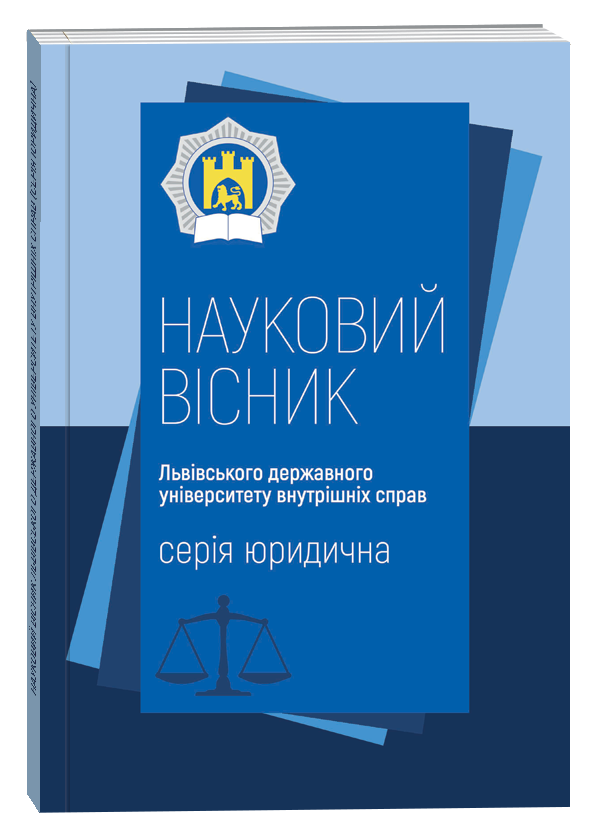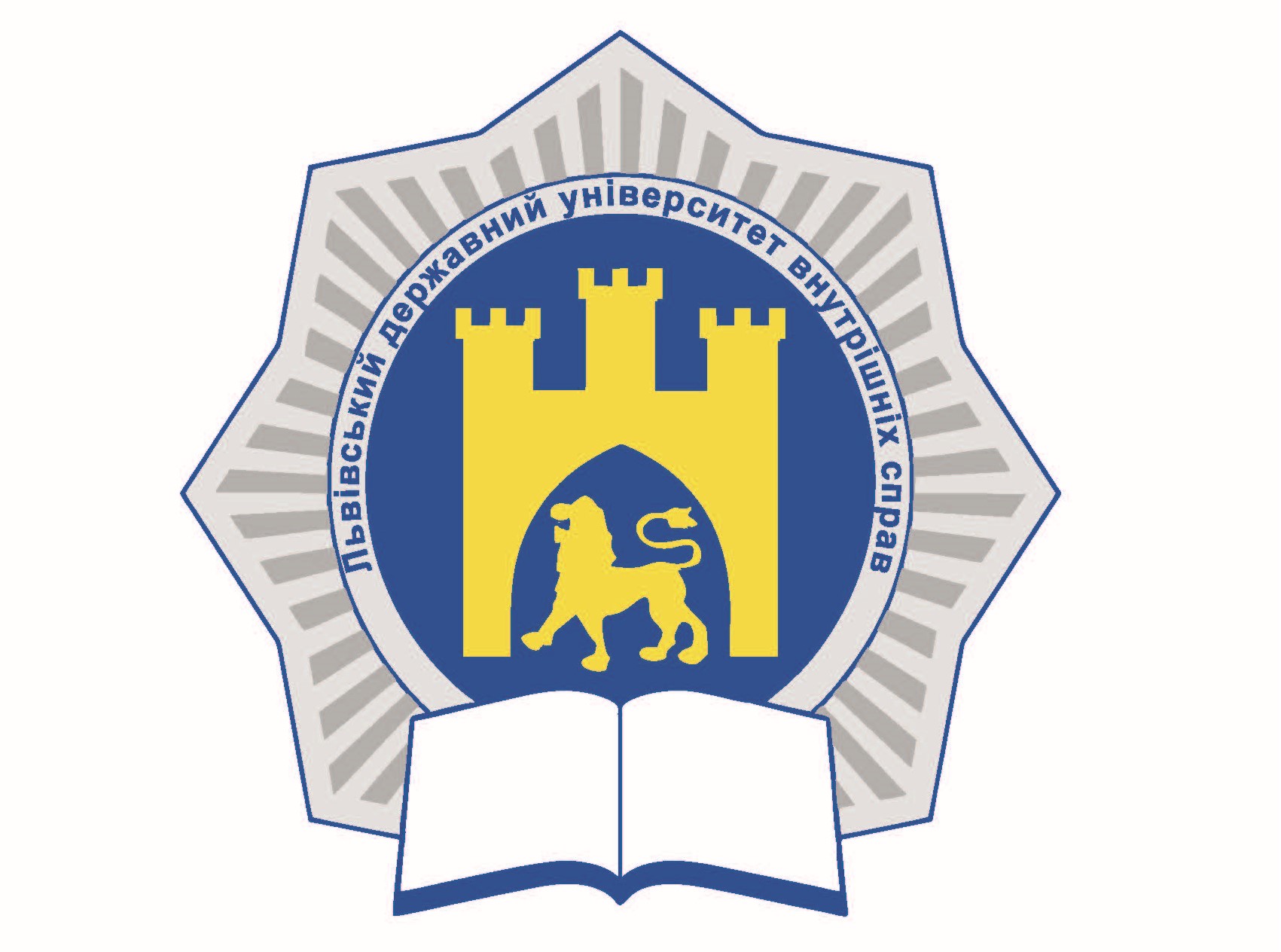ПЕРЕШКОДИ ТА РИЗИКИ ПРИ ВПРОВАДЖЕННІ ЦИФРОВИХ ТЕХНОЛОГІЙ У ГОСПОДАРСЬКУ ДІЯЛЬНІСТЬ
DOI:
https://doi.org/10.32782/2311-8040/2024-4-2Ключові слова:
цифрові технології, цифровізація господарської діяльності, кібербезпека, електрона комерція, електронний документообіг, фінансові технології (FinTech), технології штучного інтелектуАнотація
Статтю присвячено висвітленню актуальної на сьогодні проблеми впровадження цифрових технологій у господарську діяльність, зокрема аналізу їхнього впливу на правове регулювання бізнес-процесів, фінансових операцій та взаємодії з державними органами. Розглянуто основні виклики, пов’язані з цифровізацією, такі як правова охорона інтелектуальної власності в цифровому середовищі, захист даних, регулювання діяльності фінтех-компаній, використання технологій штучного інтелекту, а також механізми правового захисту від цифрових ризиків. Особлива увага приділяється необхідності адаптації господарського законодавства до нових реалій цифрової економіки для забезпечення сталого розвитку підприємницької діяльності. Розглянуто специфіку впливу цифровізації на організаційні, технічні та соціальні аспекти управління підприємствами. Особлива увага приділена визначенню потенційних загроз для підприємств, пов’язаних з цифровими трансформаціями, а також запропоновано шляхи їх мінімізації. Стаття передбачає проведення аналізу основних перешкод та ризиків, які виникають під час впровадження цифрових технологій у господарську діяльність. Проаналізовано організаційні, технічні та соціальні аспекти, що супроводжують цифрову трансформацію підприємств, а також визначено ключові ризики, такі як кіберзагрози, фінансові витрати та технічні збої. Окрема увага приділена впровадженню змін у господарське законодавство України щодо процесу цифровізації, зокрема у сферах регулювання захисту даних, електронної комерції та інтелектуальної власності. Досліджено застосування цифрових технологій у господарському праві в таких основні сферах, як цифрові контракти та угоди (смарт-контракти), електронна комерція, електронний документообіг, цифровізація державних послуг; інтелектуальна власність; фінансові технології (FinTech); технології штучного інтелекту та автоматизація бізнес-процесів. Доведено, що цифрові технології радикально трансформують сучасний світ, і їх інтеграція в господарські процеси є ключовим чинником, що сприяє підвищенню конкурентоспроможності підприємств. Однак разом із цими можливостями цифровізація несе певні ризики, які вимагають ретельного аналізу та усвідомленого підходу для ефективного управління переходом до нових організаційно-правових форм господарювання.
Посилання
Вербівська Л.В., Буринська А.І. Використання цифрових технологій у підприємницькій діяльності. Економіка та суспільство. 2024. Вип. 61. URL: https://economyandsociety.in.ua/index.php/journal/article/view/3814.
Гончаренко О.М., Бабаджанян Г.Б. Правове регулювання використання цифрових технологій у господарській діяльності. Юридичний бюлетень. 2020. Вип. 12. URL: http://www.lawbulletin.oduvs.od.ua/archive/2020/12/9.pdf.
Криниця С. Сучасні тренди розвитку цифрових технологій та їх вплив на публічні фінанси. Збірник наукових праць Державного податкового університету. 2023. № 2. С. 82–120. https://doi.org/10.33244/2617-5940.2.2023.82-120.
Про електронну комерцію: Закон України від 03.09.2015 № 675-VIII. Відомості Верховної Ради України. 2015. № 45, ст. 410.
Про Національну програму інформатизації: Закон України від 01.12.2022 № 2807-IX. Відомості Верховної Ради України. 2023. № 51, ст. 127.
Ільницький М.П. Адміністративно-правове забезпечення доступу до баз даних в публічному управлінні в Україні. Науковий вісник УжНУ. Серія: Право. Спецвипуск. 2013. Вип. 23. С. 74–78.
Lytvyn L., Hryhoruk A., Verbivska L., Poprotskyy O., Medynska T., Pelekh O. Enterpreneship Transformation in the Context of the Digitization of Business Processes. Postmodern Openings. 2022. Vol. 13, Issue 2. P. 396–408. https://doi.org/10.18662/po/13.2/461.









